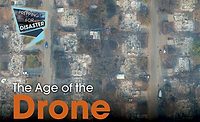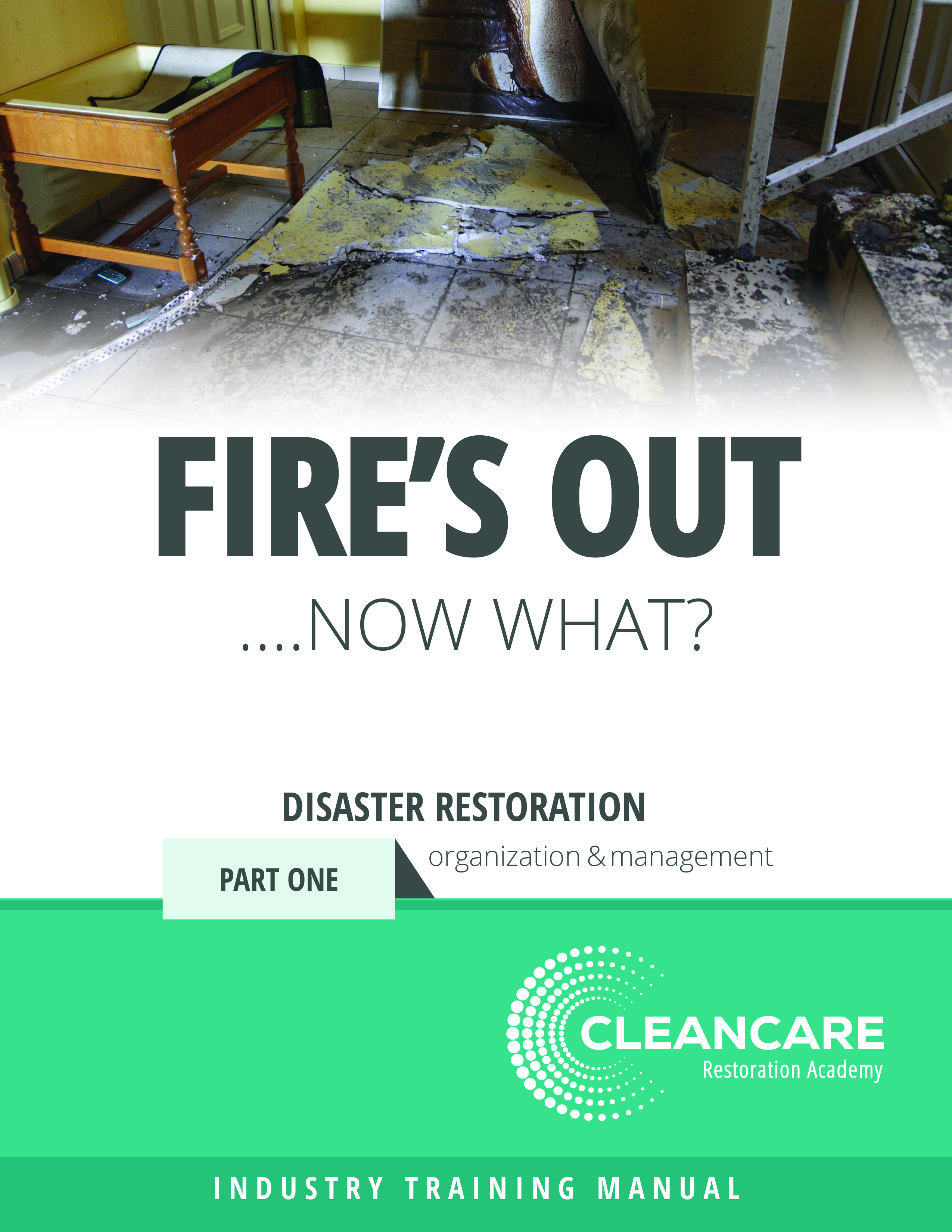Drone Usage & Paperless Estimating

Anyone who has been paying even the slightest bit of attention lately can’t help but notice that drones, drone estimating, and drone classes have quickly become an ever-growing niche in the insurance industry. A few years ago the drones were bulky, hard to operate, and were illegal to use in a business. That has all changed now. Drones are smaller, faster, easier to fly, and pilots are easily licensed. That’s important because in order for there to be mass adoption of this tool then there has to be a relatively low barrier of entry. Currently, someone can get their drone pilot’s license in as little as a week.
An army of workers with an army of drones means a few things for the industry. The inspector could potentially utilize the drone to obtain photographs for areas that are particularly dangerous. The inspector will still need to get on the roof and do his own inspection, but he won’t necessarily need to wait on ladder-assist or bring in a three-story ladder. Some of the drone-assist programs are utilizing machine learning to teach the drones what hail and wind damage look like. This technology is in its infancy but is improving every day. A good inspector with a decent off-the-shelf drone shouldn’t face too many roofs that can’t be inspected properly, promptly, and safely.
A drone inspection, coupled with roof measurements from satellite imagery would take the inspection time from what a few years ago could have taken well over an hour down to about 15 minutes. The impact on cycle times for adjusters, the number of homes a contractor can inspect in a day, or the homeowner’s ability to check their own roof for damage prior to a claim can’t be overstated.
With all of this information travelling the information superhighway, there is no time to wait on paper-based systems. Based on a company’s needs or resources available, the field work and inspections could be done with someone who is newer to the industry with that inspection report sent back electronically (and from the jobsite even) to someone with experience who is waiting on the other end to actually handle the loss.
If the owner of the property has any paperwork that needs to be captured then there are a number of paid and free apps that can scan those documents to a PDF utilizing Android or Apple phones. This allows the owner to retain the original copies while allowing the file manager access to the electronic copies the same-day.

The file manager then has photos and measurements of the roof (and some drones even allow for elevations), a 3-d model of the home (depending on the drone program used), and any pertinent documentation that the property owner wants to share. Armed with this information, the file manager can put together the estimate in record time thus reducing the cycle time per job and increasing profitability.
Most estimating programs have robust reporting features which then allow a Storm Manager or Project Manager to oversee a team of file managers and their statistics i.e. jobs open, jobs closed, time from start to finish, etc… These are the lifeblood of this industry. Job loads can be increased or decreased as-needed, and individuals with lagging performance can be coached or trained while those who are outperforming their peers can be interviewed to find out what they are doing different.
All of this technology exists today, and it didn’t just a few, short years ago. Historically the insurance industry has been slow to adopt new policies and procedures. They are, after all, the epitome of a legacy business. With that being said, the digital tide can’t be held back. In this age of smartphones and society’s demand for instant gratification the industry will have no choice but to pivot and begin to utilize the technology that is becoming more and more available. Many exciting technologies are coming to market, and drone inspections and photography are one of those. They can’t replace the inspector, but in the right situations they do provide another solution.

Ultimately, those companies that embrace new technology, shorten the amount of time it takes for the customer to get results, and is able to keep everyone informed of the process along the way will be the companies that prosper and flourish. Those companies that continue with legacy systems will go the way of Blockbuster, Sears, and any number of brands that have fallen by the wayside. Technology is a wave. You can either ride it or you’ll get crushed by it.
Looking for a reprint of this article?
From high-res PDFs to custom plaques, order your copy today!






